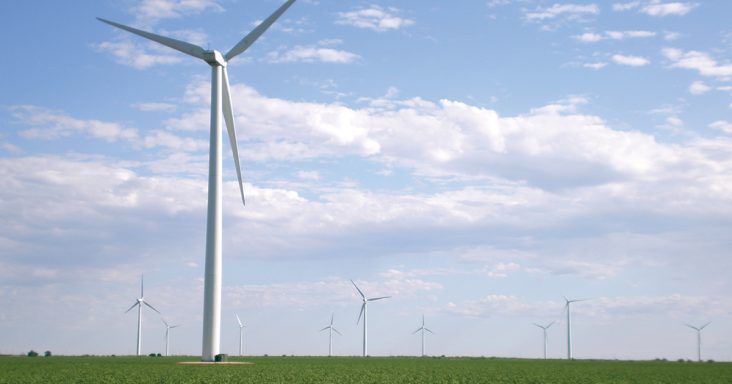SWEPCO completes large wind farm in Oklahoma
by April 27, 2022 11:28 am 1,997 views

Southwestern Electric Power Co. (SWEPCO), a utility of Columbus, Ohio-based American Electric Power (AEP), recently announced the completion of the North Central Energy Facilities in Oklahoma which includes the largest single wind farm built at one time in North America.
The project comprises three wind farms, providing 1,484 megawatts of renewable energy — enough to power 440,000 homes. The 998-megawatt Traverse Wind Energy Center, spanning Blaine and Custer counties in north-central Oklahoma, is the largest in the project. SWEPCO invested $1.01 billion in the North Central Energy Facilities project and owns 54.5%, or 809 megawatts, of it.
According to SWEPCO, the project is expected to save customers nearly $2 billion in electricity costs over the next 30 years. SWEPCO has more than 543,000 customers in three states, including Arkansas.
“We are excited to have the final piece of the North Central Energy Facilities project in place to bring even more clean and affordable energy to customers in Arkansas and Louisiana,” said Malcolm Smoak, president and chief operating officer of SWEPCO. “This wind energy helps customers meet their own renewable energy and sustainability goals and makes the communities we serve in Louisiana and Arkansas more competitive for economic development.”
The Traverse facility includes 356 GE wind turbines that are connected to the regional transmission grid. The two other wind farms in the project include the 199-megawatt Sundance and the 287-megawatt Maverick facilities, which started operating in April 2021 and September 2021, respectively. The facilities were developed by Invenergy.
Asked whether the wind farms have winterization for protection from extreme cold, SWEPCO spokesman Peter Main said the three facilities have cold-weather packages that will increase performance during extreme weather.
“Over the next 20 years, SWEPCO’s diverse energy resource mix will include significantly more wind and solar,” Smoak said. “This transition puts us further along the path to achieve AEP’s goal of net-zero carbon dioxide emissions by 2050.”
